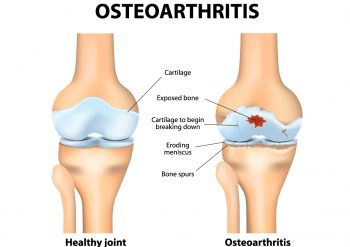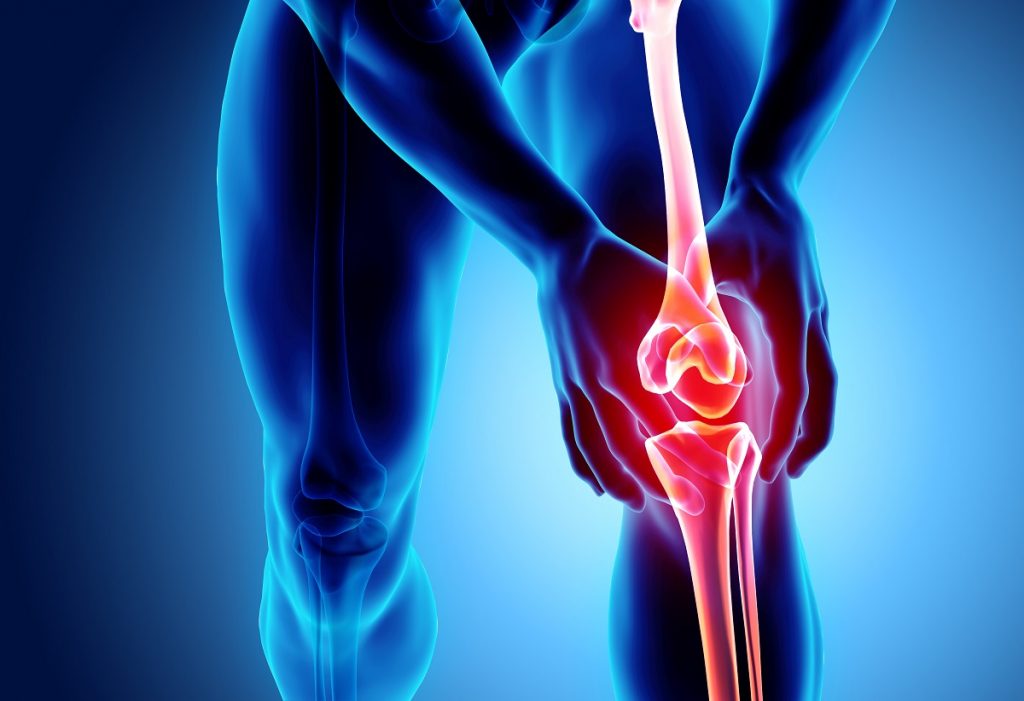
Osteoarthritis is a condition that affects approximately 1 out of 11 Australians. This chronic, progressive, degenerative joint disease is a result of worn-down joint cartilage.
This thinning in cartilage results in stiffness, swelling, loss of motion, and pain, but research suggests that exercise may be an effective treatment for managing this condition.
Managing Osteoarthritis With Exercise
Although osteoarthritis is an incurable condition, research suggests that exercise can be a helpful method for managing it.
Recent studies have shown that regular exercise can offer pain relief comparable to simple analgesic drugs but with fewer side effects.
Considering these findings, it is no surprise that osteoarthritis management suggestions often recommend exercise and weight loss (for overweight individuals) as a foundation of treatment.

What Are the Benefits of Exercise For Individuals With Osteoarthritis?
Evidence shows that exercise is better than no exercise for people with lower limb osteoarthritis.
This is believed to be a result of exercise’s ability to:
- Improve quality of life
- Improve physical function
- Decrease pain levels
- Manage factors that contribute to osteoarthritis such as excess weight
What Are Safe Exercsies For Lower Limb Osteoarthritis?
Now that we know exercise can help manage osteoarthritis, let’s look at the best types of exercise for osteoarthritis.
Studies suggest that low-impact aerobic activities such as swimming, cycling, and walking and strength training are beneficial. Results showed that these activities were helpful regardless of intensity and whether they were water or land-based.
However, individuals who are overweight and/or new to exercise might find water-based activities the best place to start. Activities such as swimming place less stress on the joints and are likely to be more comfortable.
Since exercise adherence — sticking to an exercise program consistently — is the most important part of success, it is key to find an activity you will actually do. Variety can also be a helpful way to maintain motivation and commitment.
Here are some general guidelines for incorporating exercise into your lifestyle to help manage osteoarthritis:
- Hit the 30-minute mark – Aim for at least 30 minutes of exercise on most days. Five days a week is a good number to aim for, but remember that it is okay if you start out with one or two days a week to get your body acclimated to your new program.
- Exercise at a moderate intensity – It is important to find the right balance of intensity. You want to make sure your body is working hard without being overexerted. How do you know if you are exercising at the right intensity? Check out the talk test.
- Stand more often – Try to reduce periods of prolonged sitting. For example, if you work at a desk, try to get up and walk around for a minute or two every half an hour.
- Listen to your body – Avoid activities that are too high in intensity or worsen your symptoms.
- Speak to exercise physiologist – We can help tailor a chronic disease management plan to suit your needs
As with any changes to your health or fitness routine, it is always best to check with your doctor prior to starting.




